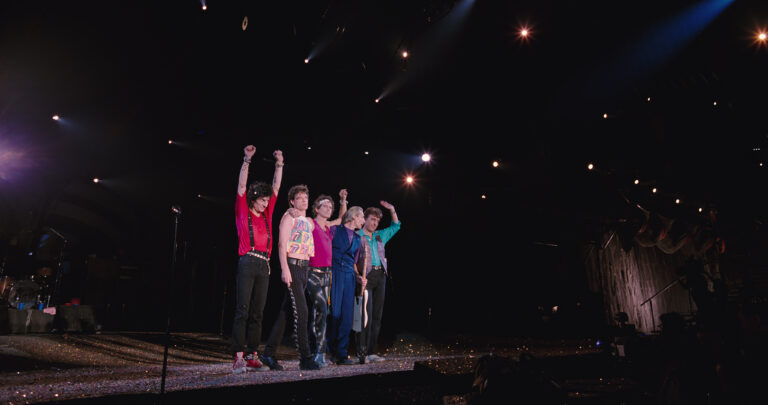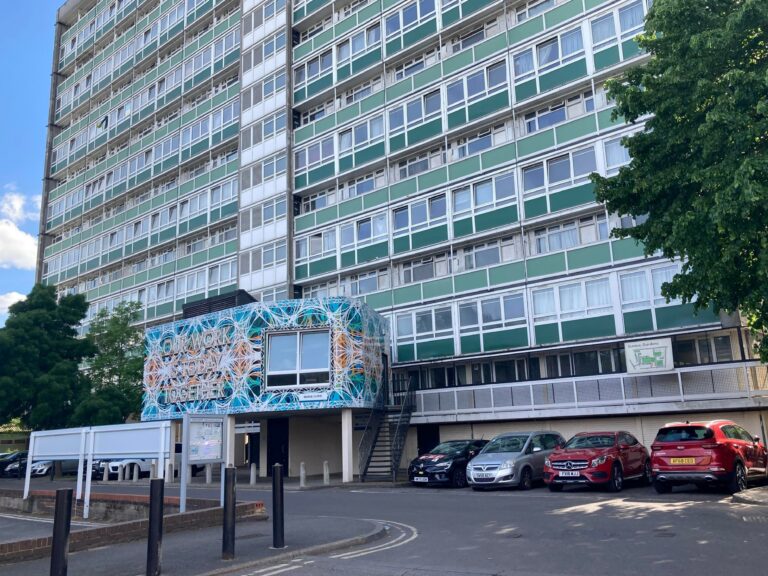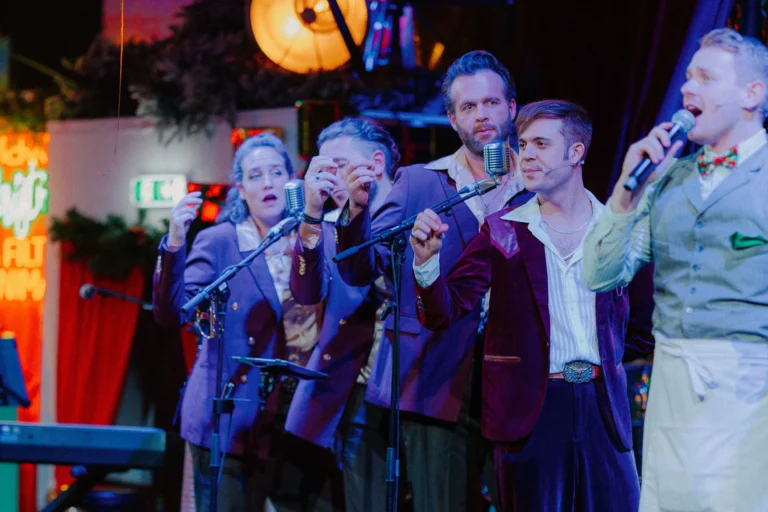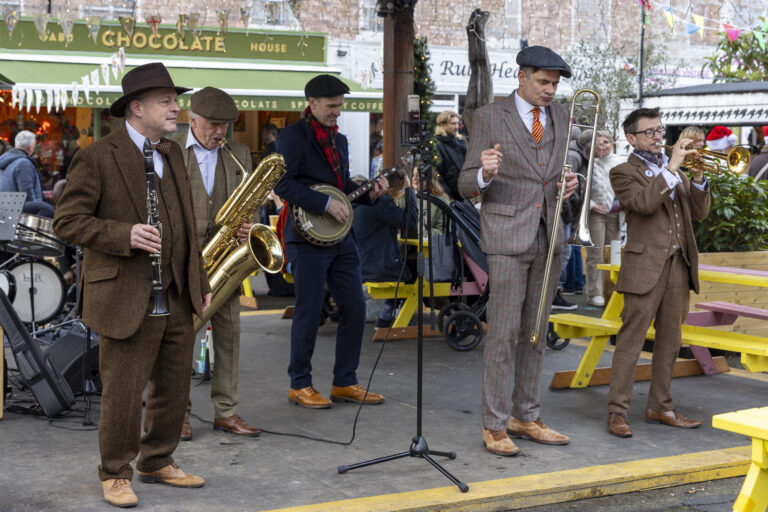So much in Bermondsey reminds us of the Rolls family. For a start, Rolls Road is named after them and denotes just part of their estate, writes historian Debra Gosling…
However, they are probably better known for the family that put the Rolls into Rolls-Royce – among other things. John Rolls started life as the son of a cow-keeper who owned The Grange, once Bermondsey Abbey farm.
When he was born in 1735, his father, Aaron, was a licensed victualler and local land owner who later traded on the Old Kent Road.

John was christened on 10 March at St Mary Magdalen, his parish church, and where so many of his ancestors are buried.
He would have spent his childhood days playing in the meadows of Bermondsey or studying the bible at the church.
As his family owned The Grange, he would have been very familiar with milking cows and mucking out stables.
WATCH: Local historian makes fascinating documentary about the Bermondsey leather trade
With his father running a well-respected business on the Old Kent Road, it is not surprising that young John met a pretty, rich girl across the way in Camberwell.
Sarah Coysh had inherited a pile of cash and, indeed, a country pile after her uncle died.
Besides land spanning the Old Kent Road, there was a country house in Monmouthshire named The Hendre.
When Sarah married John in 1767, the Rolls family must have been overcome with emotion as John automatically became the beneficiary of her assets.
Aaron Rolls had died three years earlier, and the reading of his will revealed John had benefitted most, inheriting cash, The Grange and its surrounding land. And it is he who really made his mark on Bermondsey.

In the shadow of the Old Kent Road flyover is a tiny scrap of history that still survives from John Rolls’s time.
Known as the White House, this unusual structure was owned by the Rolls family. Built in the 1750s, it lies back off the main drag, protected by a square of grass and black iron railings.
When it was first built, there were fields all around it, save for the Old Kent Road, which, rather than a race track, was merely a quiet thoroughfare leading to Kent.
King George III actually visited the area when he called in on the family, who were now recognised as the landed gentry.
The façade has hardly changed at all since the times of powdered wigs and walking canes.
In later years, there was to be a double funeral at St Mary Magdalen. On 7 September 1801 Sarah passed away, and the very next day John followed her. Both were interred in the family vault of the church.

The Rolls had commissioned architect Michael Searles to develop their land – their estate roughly spanned the Bricklayer’s Arms to both sides of the Old Kent Road, with Camberwell on one side and Bermondsey on the other.
Searles was the surveyor for the whole site. He built the White House on Old Kent Road, which he leased from the family to use as his residence and office. It is now used by the Light of the World Church.
In Victorian times, the family did their bit for philanthropy, letting their estate for housing or granting it for free to some organisations.
In later years, the White House was used as a rent office for those living in the Rolls’ properties (up until the 1970s, no less).
They even gave up some land for St Saviour’s & St Olave’s Grammar School for Girls to be built in 1903.
Bermondsey’s Biscuit History: The beloved treats invented in the Peek Freans Biscuit Factory
Five years later it would be Lady Llangattock who gave prizes at the girls’ prize day. She also donated the organ that plays the hymns in St Mary Magdalen.
What of the Rolls’ later descendants? They all had good educations and lived in great comfort but gave so much back to society.
John’s great-grandson, John Allan Rolls, became the first Baron of Llangattock and concerned himself with breeding Herefordshire cattle and shire horses.
Despite success and money, his two sons sadly both came to a sticky end.
Charles Stewart Rolls was a keen airman who co-founded Rolls-Royce. Unfortunately, on 12 July 1910, he died when the tail of his Wright Flyer broke off at a display in Bournemouth.
Charles’ brother, John Maclean Rolls, also met with an untimely death fighting in the trenches of the Somme in 1916.
In later years, it would be the Rolls-Royce firm that developed the Merlin engine, which was fitted in the Spitfires that fought off the Luftwaffe to keep Bermondsey safe. So even after they had left the area, their contribution was great.
https://southwarknews.co.uk/lifestyle/kathy-the-hopping-babies/






